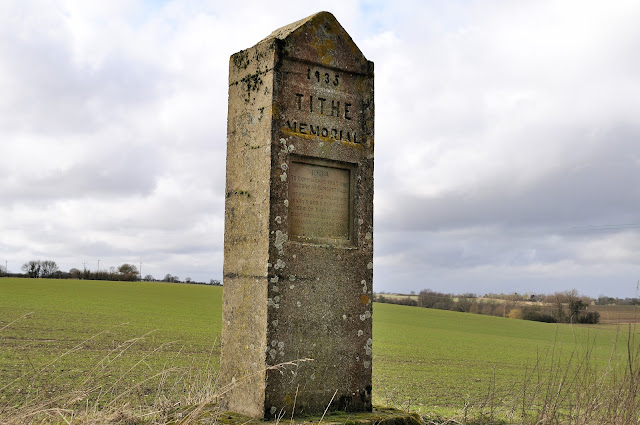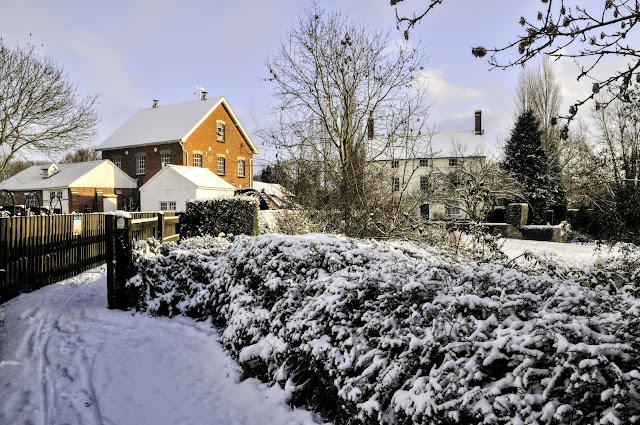A view of Chester - Part 2 of 2

On our wander around Chester, not only the buildings were interesting, but also the people. Suddenly spotted this elderly lady with her elderly camera, standing in front to me, photographing something. Just had to take a picture of her! We had a conversation for a few minutes, and it turned out that she had several other old cameras in a carrier back in her hand! The Old Photographer A bronze sculpture of a Elephant, unveiled on Tuesday 16th March 2010 opposite the Town Hall. It is called Janya, and is a baby Indian Asian calf. It was donated by Chester zoo. Next we moved onto Chester Cathedral. The C7th Mercian King, Wulfhere, is reputed to have founded a timber church on this site dedicated to St Peter and St Paul, but it was his daughter, Werburgh, who really put Chester on the map. She renounced her royal status to become a nun at Ely Abbey. Many miracles were attributed to her during her lifetime, including restoring back to life a goose that had been stolen an...




